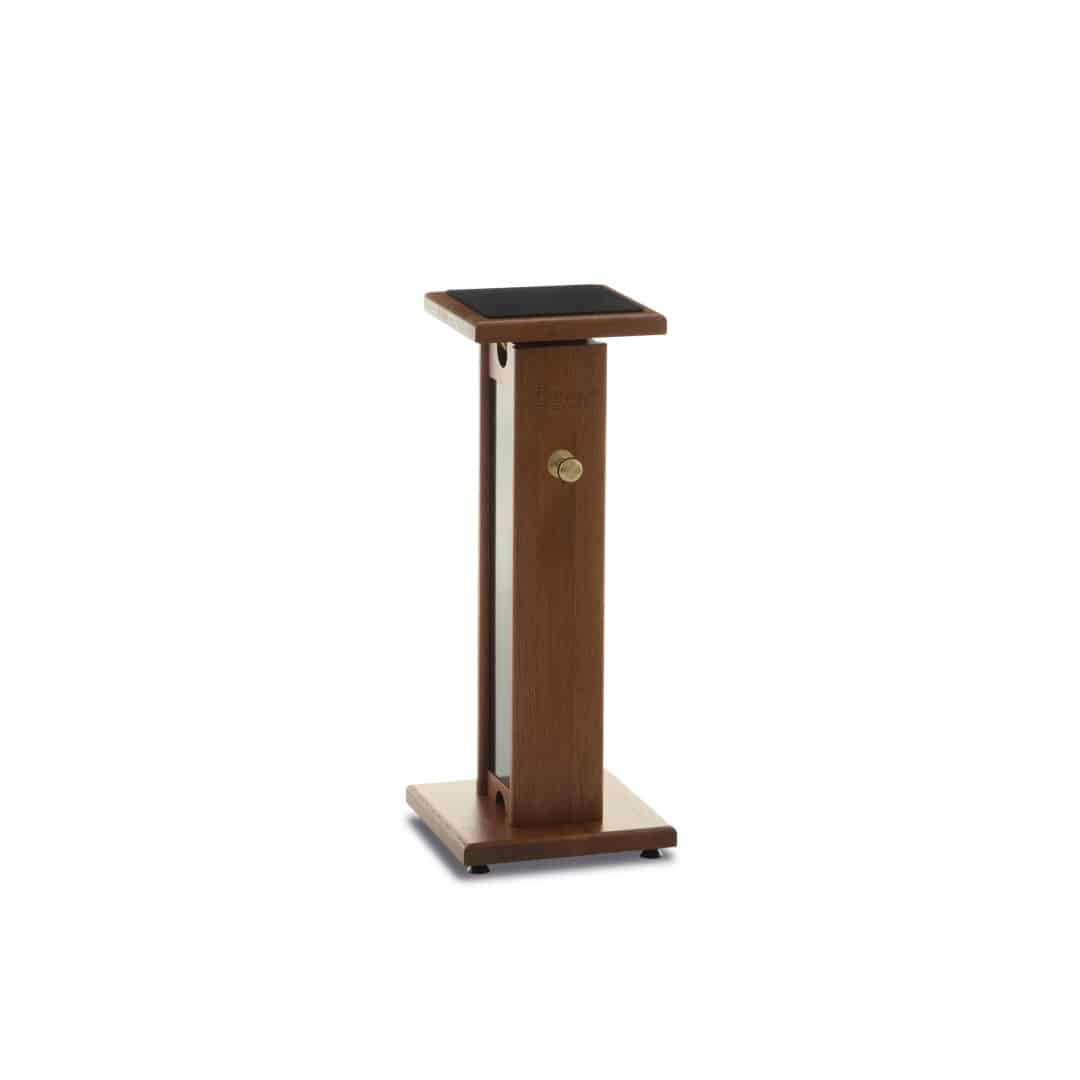The stand just like everything else matters in the room. If the stand is metal it will ring. Fill the stand. Expanding foam, kitty litter, pea gravel, shot, etc.
It is for weight and to dampen the vibration from the floor up and the speaker down. I use springs, pods or air ride (inner tubes work fine). Blue Tac, silicone jell pads
between speaker and stand are good. I've hard mounted a few and decoupled the stand with pods at the base.
I always decouple everything with valves, transducers, spinning platforms (TT, CDs, Tape decks, Reel to Reel) or vibration producers like speaker cabinets or helmholtz traps. It doesn't help, if you live by freight tracks or heavy freight corridors. The sound from the raised HW isn't the problem. We live on the delta, tule and underground water amplifies the signal and vibration. A TT will actually HOP. LOL I don't need to measure it, I need to catch it before it bounces across the LP.
The stand has a purpose, height. The reason for the size of the speaker is it "disappears" easier in theory. There is a cost usually in the bass region. The face of the speaker stand can act as bass reinforcement by adding width to the first point of reflection and eliminating leakage between speaker, stand and floor. Add a piece of cardboard wider than the stand, see for yourself.
If you can get a good enough response and treat the room correctly a standmount can get away without subs. Especially with a TT involved.
OR
OB servos fixed any bass pumping along with great individual piece isolation. I have fewer tube failures after in home concerts too.
Regards


